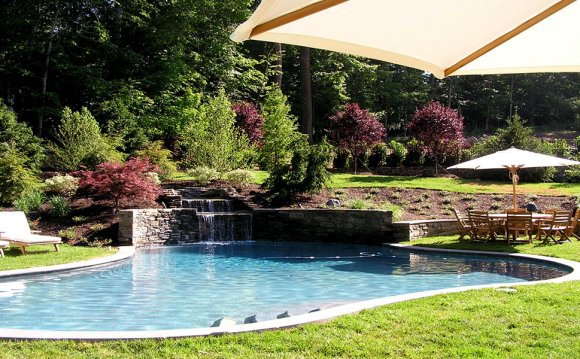
 Our newly developed program, Residential Landscape Design, has been possible largely in part to John Barry. He has been a residential landscape architect for almost 40 years and is ready to pass along his knowledge to others who share his passion.
Our newly developed program, Residential Landscape Design, has been possible largely in part to John Barry. He has been a residential landscape architect for almost 40 years and is ready to pass along his knowledge to others who share his passion.
We met up with John and asked him a few questions to get to know him and his goals for this course.
Why did you choose to be a landscape architect?
From my earliest years I wanted to be an architect. My mother was an artist so I was always around art and design, which gave me an eye for design early on. I was installing landscapes for a summer job while going to school to be an architect when I realized I wanted to combine the two. I went to my dean and said I want to be a landscape architect and we re-arranged my curriculum.
Let's look at this https://utahfencing.co/.
What made you want to teach?
I have a friend who was a professor and now administrator at the College of Continuing Education and I’ve always had this in the back of my mind. I’ve had a great time as a landscape architect, even with the ups and owns, so I want to impart my knowledge to others.
What is the biggest thing you hope your students will get out of this course?
I want them to grasp that design is more than just lining things up; it’s a whole process of thinking of the entire space. How the house relates to the grounds and what can we do landscaping wise to accent something or hide something. I don’t want them to be afraid of design.
Who would benefit the most from taking this course?
A wide variety of people would benefit. Interested homeowners. Those in the industry that want to know more about why certain times the landscape looks great and why other times it didn’t really work. If someone were in the maintenance side of things this would be very helpful. Even someone who is new to the industry that needs help developing his or her own plans. I plan to make it very interesting.
Even someone who is new to the industry that needs help developing his or her own plans. I plan to make it very interesting.
Do you need to be an artist, mathematician, architect or designer to take this course?
I’m gearing the class so that students understand design principles as opposed to how to make a perfect circle or how to make a straight line. Communicating the design is much more than a perfect circle or a straight line. We do have to learn how to explain our design and we’re using drawing to do it, so there will be some teaching on how to present. But they don’t have to have a background in any of that, just a willingness to learn.
From a professional prospective, what can you do when you complete this certificate?
You may work independently with homeowners, as an employee or subcontractor with a landscape installation company, or with homebuilding contractors to help complete new home landscapes. The hardest thing for people to figure out is where to start; this program will give you those tools.















